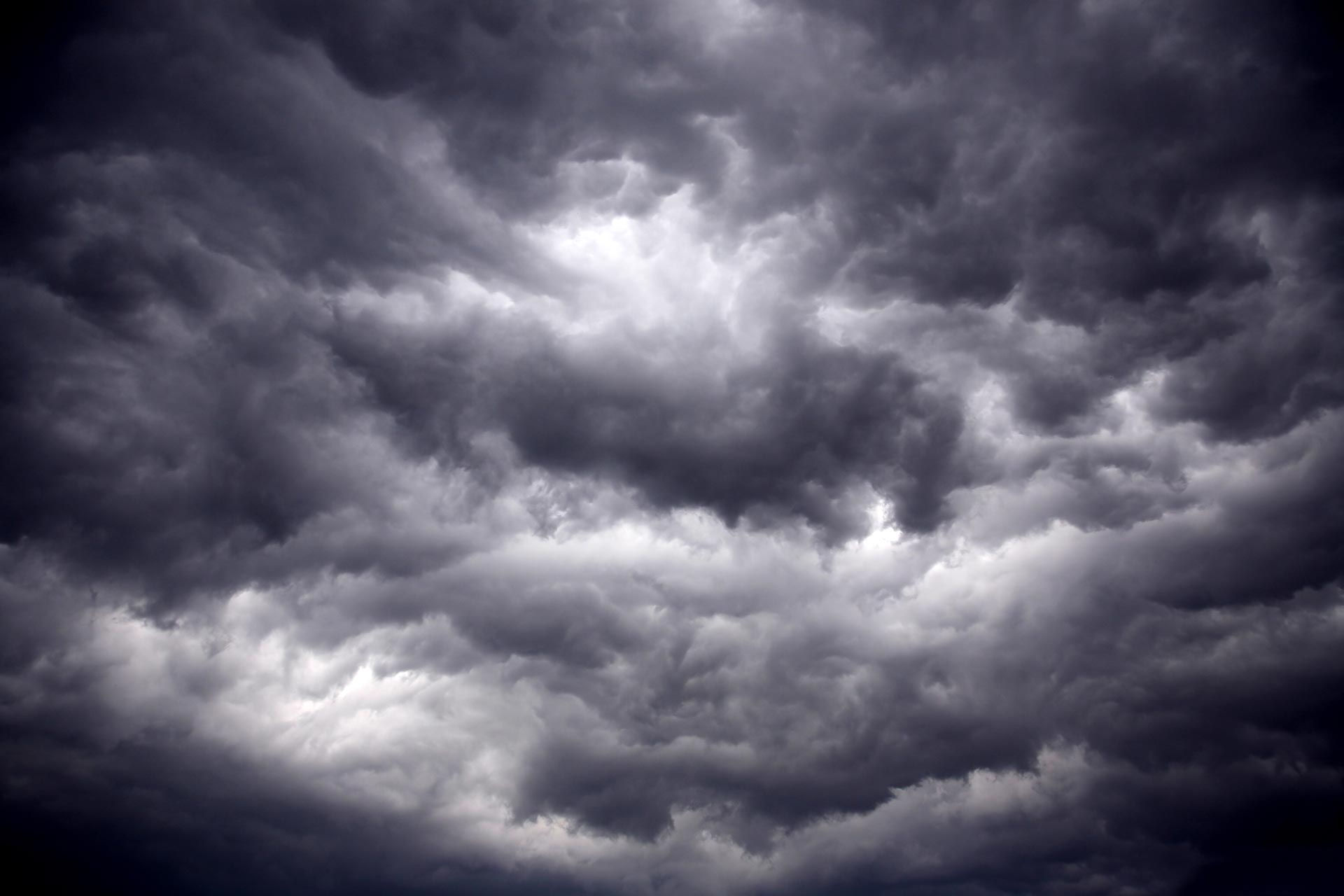STEVE'S "WILD" WORLD OF WEATHER...
- terryswails1
- Sep 7, 2022
- 4 min read

When I'm wondering about weather folklore and historical events this is the man I go to. With more than 50 years of statistical and observational research, he's the dude! When it comes to lunar cycles, woolly bear caterpillars, insects, bugs, and animals, he tracks them, records them, and establishes ties to weather patterns. Only one person takes climatology to a level like this. His name is Steve Gottschalk by way of Lowden, Iowa. He's a knowledgeable and interesting man. I'm grateful to him for lending his unique perspective to the site. Steve's "wild" world of weather can be found regularly right here on TSwails.com. Take it away Steve!
A Severe Weather Outbreak
On Sept. 9, 1970 severe thunderstorms and several tornadoes produced widespread damage across eastern Iowa. The hardest hit counties were Butler, Bremer, Floyd and Dubuque counties. The first tornado to touch down was an F2, 200 yards wide and 3 miles long moved N.E. from the edge of Green. A pickup truck was moved 300 feet and barns were destroyed. The 2nd tornado, an F2, was 150 yards wide and 3 miles long moved N.E. from south to N.E. of Plainfield. A home was unroofed and torn apart. Barns were destroyed and a trailer "exploded." As the storms tracked to the S.E. they produced 60 to 80 mph winds that caused significant damage and 16 injuries in and around Dubuque.
The Katydids And The First Frost

I heard my first katydid of the season on August 31st singing it's "tick-ticking" song during the evening. The weather folklore says - "The first frost of the season occurs six weeks after we hear the first katydid." So according to this our first frost should be on October 12th. This is close to the 3 month prediction of the Dogday cicada's October 10th.
I have identified 7 different species of katydids in my area. The True katydid, Broad-winged katydid, Oblong-winged katydid, Fork-tailed bush katydid, Nebraska conehead, Slender meadow katydid and the Black-legged katydid. They are all of a green color and resemble grasshoppers. I think that is the True katydid that the folklore refers to.
Corn And Predicting The Winter

Many years ago, the farmers used to look to their corn crop to see what the upcoming winter might be. Here are a few of the signs that they looked for....
Many hunks of corn are a sign of a cold winter.
When ears of corn are close to the ground, it means a severe winter.
Ears of corn that are covered with thicker and stronger husks indicate a cold winter.
If corn husks are pointed, it forecasts a hard winter, if blunt, a good winter.
If corn husks are long, a long winter is approaching, if short, a short winter.
The Barometric Pressure And Plants
As the barometric pressure drops, plants shift their sugars from leaves and stems to their roots. Crops that are picked just before a storm are notably less sweet and nutritious.
.
My Weekly Almanac For September 8-14th
During the second week of September we usually average 2 days with measurable rainfall but the extremes ranged from 0 days to as many as 6 days. The day during the week with the highest probability is the 13th with a 35% chance and the least is the 11th with a 20% chance. There is only a 15% chance of getting 1" or more of rain on any one day during the week.
Sept 8th - As the weather on the 8th of September, so it will be for the next 4 weeks. Saturn is to the right of the moon this evening.
Sept. 9th - The most likely day to see 1" of rain during this week. My latest 100 degree reading during the season, it was in 2013.
Sept, 10th - The Full Harvest Moon. There is a 55% chance of rain at this time. Look for Jupiter to be left of the moon this evening.
Sept. 11th - Weather for the day will be warm, breezy and a chance of rain. Look for Jupiter to be above the moon this evening.
Sept. 12th - Thunder in September indicates a good crop of grain and fruit for next year.
Sept. 13th - The crickets get louder now as the mating season is going on. The male makes a quicker and softer sound as the female approaches him.
Sept. 14th - The weather for the day will be warm and breezy. On this day in 1873 there was frost.
Can Rover Predict The Weather?

You may want to try these sayings out if you own a dog.
Dogs sniffing the air frequently indicates a change in the weather.
Dogs bury more food and bones in the fall before a bad winter.
Heavy coats of hair on dogs in the fall is a good sign of a long, hard winter.
If in the fall dogs curl up in a ball by the fireplace to sleep it will be a bad winter.
Some Old Sayings About The Full Moon

If the full moon rise clear, expect fine weather.
If the full moon rise pale, expect rain.
Cut stove wood on moonlight nights and it will burn good.
Moonlight dries no mittens.
Well, that's it for this edition. Hope you enjoyed the insights. On the "wild" side of weather I'm Steve Gottschalk













Comments